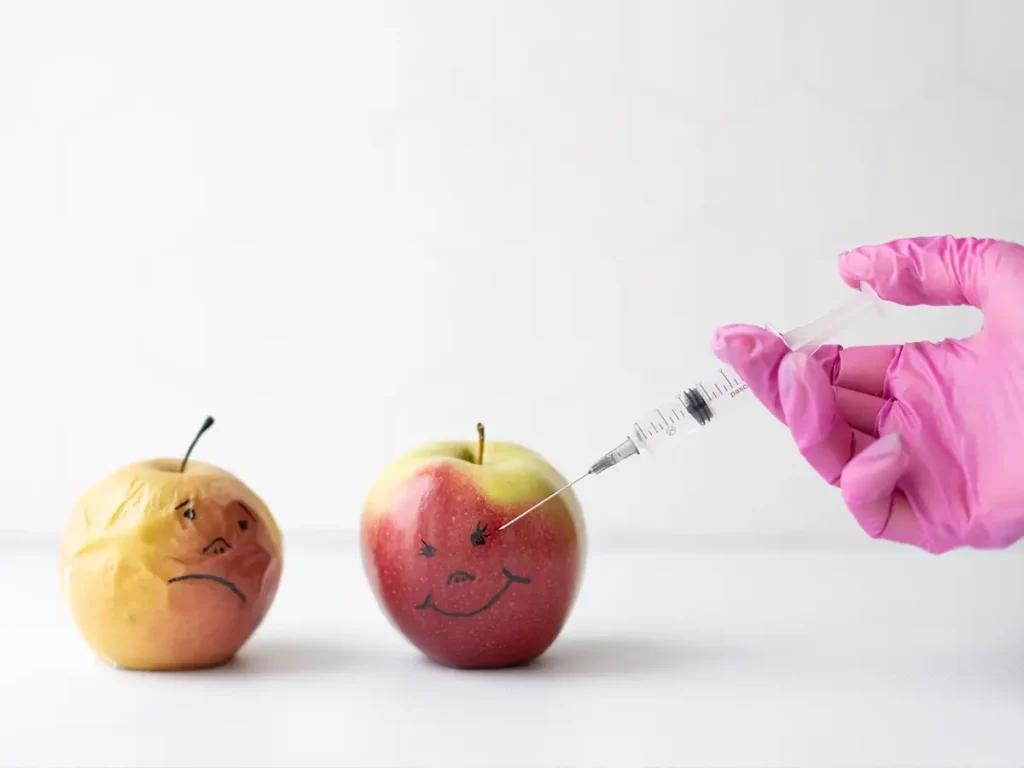Why the US are eating toxic “forever chemicals”

The United States is facing a growing threat to its food supply, as toxic “forever chemicals” have infiltrated various components of our food chain. These persistent and harmful substances, known as per- and polyfluoroalkyl substances (PFAS), pose severe health risks and demand immediate attention from regulators and consumers alike.
Testing conducted by Eurofins Lancaster Laboratories Environment Testing reported in March 2023 found that the US’ widely used pesticides are contaminated with precarious high levels of toxic PFAS. The testing found PFAS in three out of seven pesticides used for food consumed by the US and although the Food and Drug Administration (FDA) began monitoring PFAS in food in 2019 they have not set a limit to its use.
The rising concern of PFAS Contamination
PFAS, often referred to as “forever chemicals,” gained their infamous nickname due to their extreme persistence in the environment. Used in a wide range of industrial and consumer products for their water and grease-resistant properties, PFAS have found their way into our soil, water, air, and ultimately, our food. While regulations have limited the use of some PFAS compounds, others continue to be used and have contaminated the food supply, sparking concerns about long-term health effects.
Food sources and routes of contamination
PFAS can enter the food supply through various routes. One major pathway is contaminated soil, where PFAS seeps into crops, such as leafy greens and root vegetables, through irrigation or the uptake of contaminated water. Another source is contaminated water bodies, affecting seafood and aquatic organisms. Additionally, PFAS can migrate into food during the processing and packaging stages, as these chemicals are widely used in the manufacturing of food containers and packaging materials.
Health Risks and Impact on human health
Exposure to PFAS-contaminated food has been linked to a range of health risks. These chemicals can accumulate in the human body over time, leading to potential adverse effects on the immune system, liver, thyroid, and hormonal balance. Studies have also associated PFAS exposure with an increased risk of certain cancers, developmental issues in children, and reproductive problems. Furthermore, the persistence of PFAS in the environment and their ability to travel across long distances make them a global concern, requiring urgent attention.
Regulatory Measures and consumer awareness
Addressing the issue of PFAS contamination in the food supply requires a multi-faceted approach. Regulatory agencies such as the U.S. Food and Drug Administration (FDA) and the Environmental Protection Agency (EPA) play a vital role in setting standards, monitoring PFAS levels, and enforcing regulations. However, there is an urgent need to enhance and expand monitoring programs, improve labeling requirements, and set stricter limits on PFAS content in food products. Additionally, consumer awareness and demand for safer, PFAS-free alternatives can encourage industry-wide change and promote a safer food supply.
The presence of toxic “forever chemicals” in the US food supply poses a significant threat to public health. Immediate action is required to reduce and eliminate PFAS contamination in our food chain. Strengthening regulations, improving monitoring programs, and increasing consumer awareness are crucial steps toward safeguarding our well-being and ensuring a safer food supply for generations to come.







Have your say